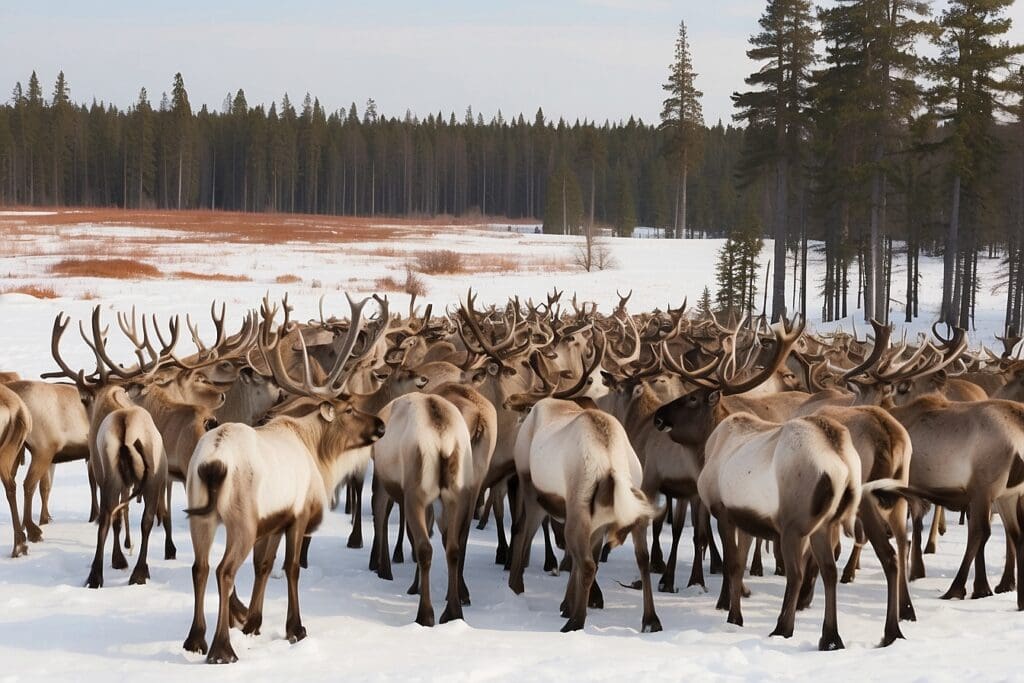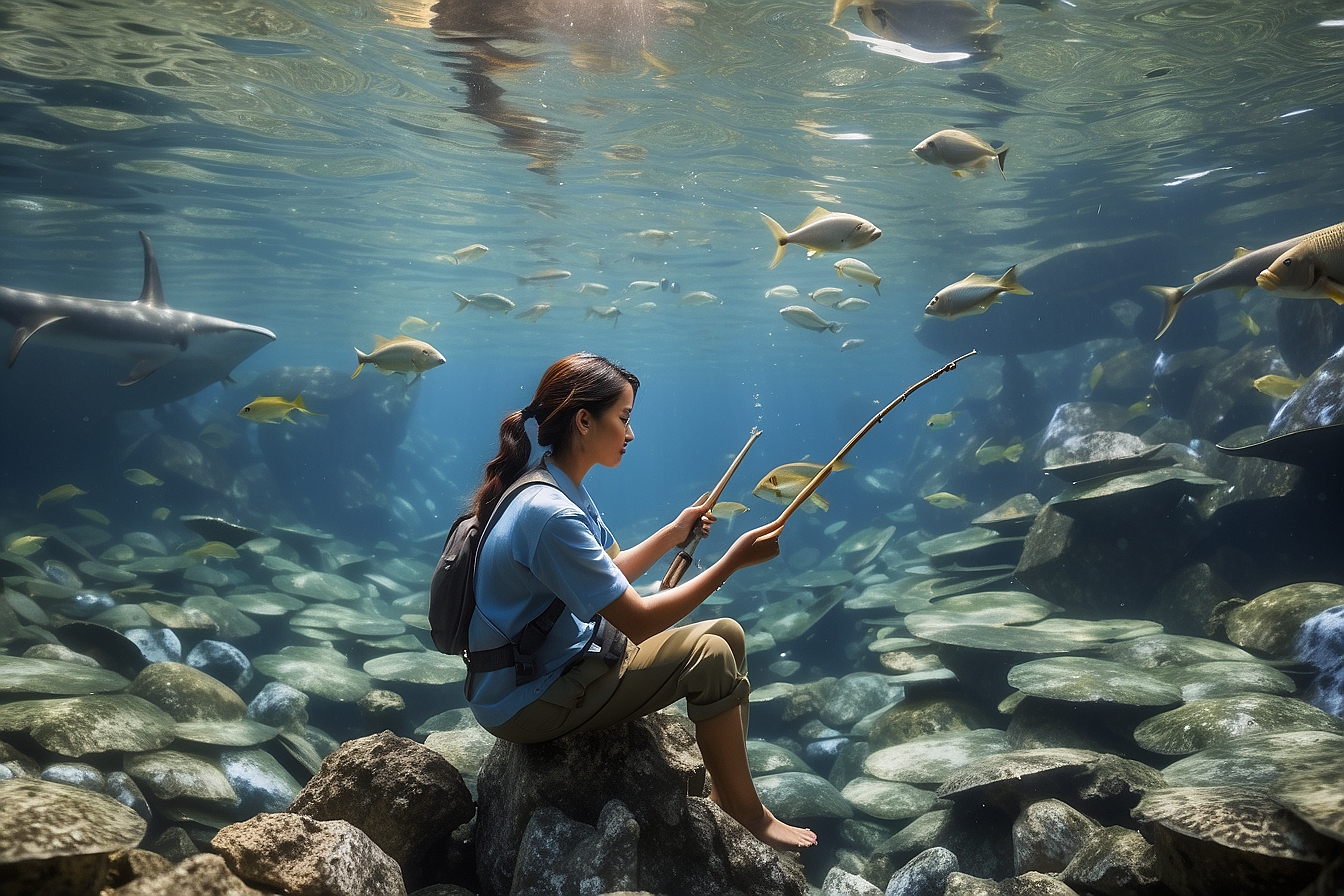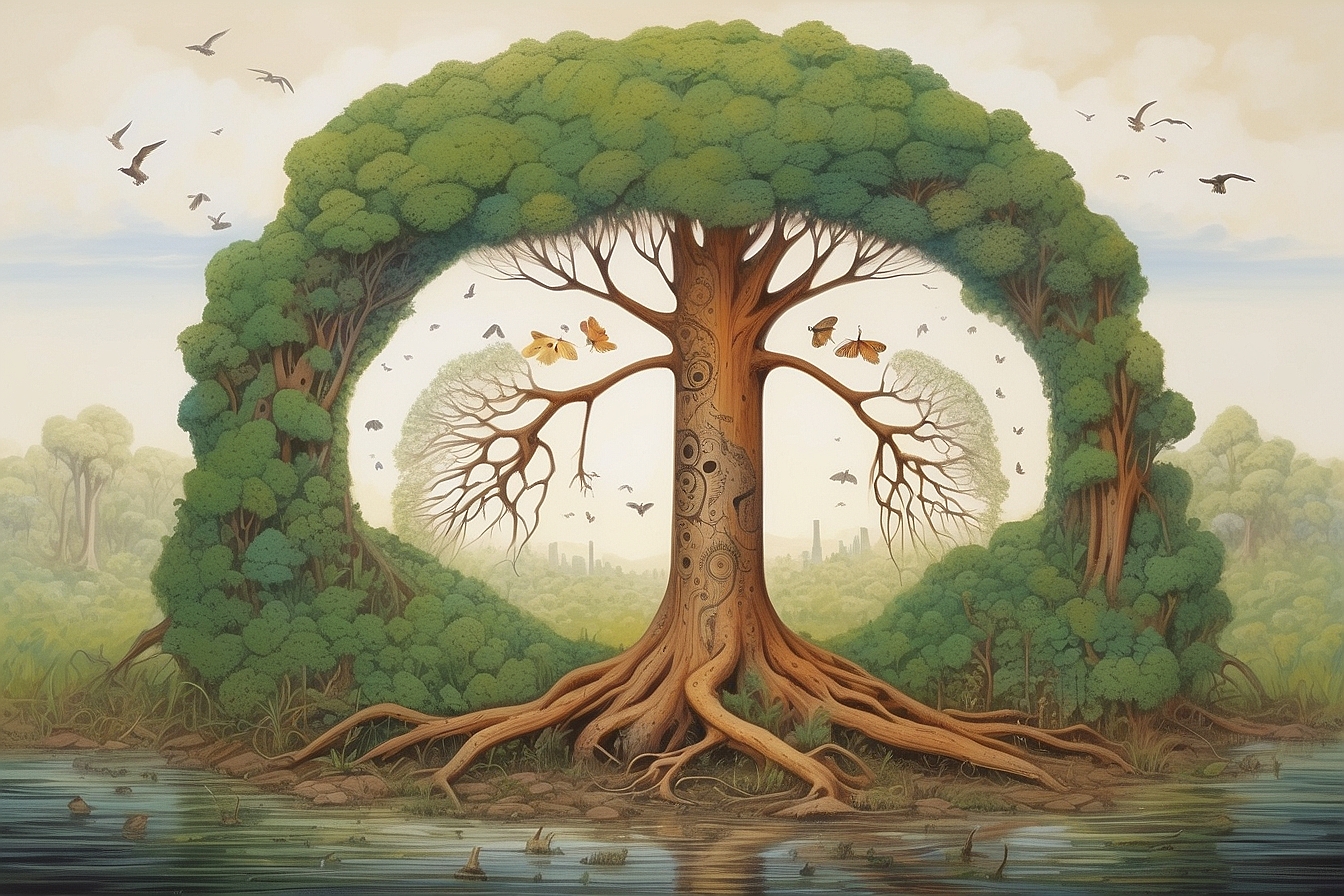Reindeer are popular this time of year. With the help of Rudolf, these creatures have become a quintessential feature of the Christmas holiday. Unfortunately, reindeer herds—also known as caribou—are in decline. New studies indicate that reindeer belong alongside climate change watch list.
 1
1
Reindeer Background
Reindeer are native to the arctic and alpine areas of Northern Europe, North America, Greenland, and Asia. Approximately 5 million reindeer roam the northern reaches of the world, and the species is a survivor from the Pleistocene era—an epoch that started around 1.8 million years ago.2 Although reindeer are nearly always associated with the joyful tidings of Christmas, they are even more essential to the indigenous peoples and cultures in the Arctic. These indigenous groups rely upon reindeer for subsistence in an environment that is too cold for agriculture and too thinly populated for industry.3
Today, reindeer not only form a substantial part of the Arctic food base, but they serve important cultural purposes and play a significant role in mythologies, festivals, and ceremonies. For example, in a recent Living on Earth™ episode, an Inuit leader in Canada told the show host about a traditional Inuit story in which a young man marries a female caribou. The village becomes anxious when the man disappears, and the only sign of him is a pair of footprints leading toward the reindeer herd. The man who married the caribou was living among the animals. As with many tales from the Inuit culture, the caribou in this story are described as human beings, demonstrating the immense respect the Inuit have for reindeer in their culture.4 Native people in the Eastern hemisphere feel similarly. One nomadic reindeer herder from the Russian tundra said: “The reindeer for us are everything – food, transport and accommodation. The only thing I hope is that we will be able to carry on with this life.”5 Such a strong reliance upon the reindeer makes these groups extremely vulnerable to stresses or shocks in reindeer populations.
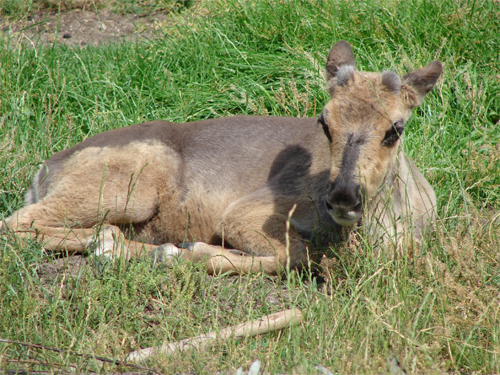
The Impact of Climatic Change on Reindeer
In order to survive for as long as they have—over 1.8 million years!—reindeer have had to be flexible in relation to climatic and other changes. How this indigenous arctic animal will cope in response to current climatic changes —which are happening much faster than changes of the past—may be another matter.
Given the many different types of habitat that reindeer live in, including forests, mountains, and tundra, it is difficult to generalize about how current climatic changes will affect reindeer and their survival. In general, however, there have been declines in migratory reindeer populations. Herds in Russia,6 Greenland, and Canada have been the hardest hit. In fact, in Canada some of the largest herds have declined by 75–90%.7 Future climate changes are predicted to impact reindeer populations by limiting their access to food, increasing the prevalence of bothersome insects, and decreasing the reindeer’s fertility and survival.
Food Sources
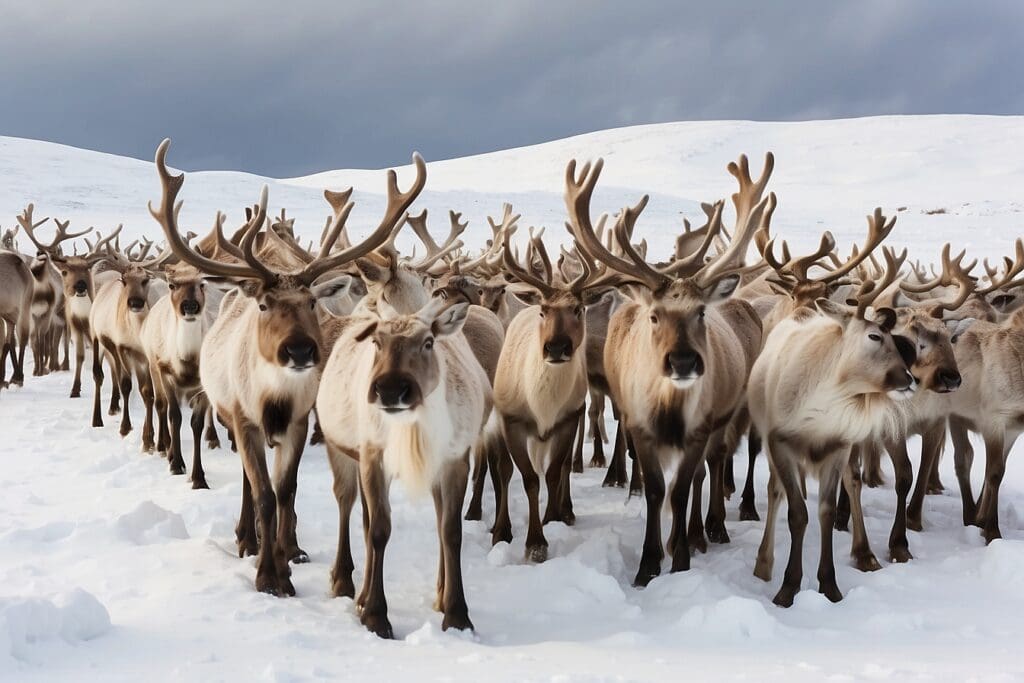
Climate changes have impacted food sources for the reindeer. Reindeer are highly atuned to seasonal changes such that they eat the most nutritious foods in order to produce milk at the right time for their fawn. If spring comes earlier and plants start to grow and flower earlier, fawn could be born after plants have passed their nutritious phase. In addition, if it becomes more difficult for reindeer to access food in the winter, it will increase the amount of energy used by the animals to break through the ice-crust. During the winter, reindeer dig their way through the snow in order to reach plants. A warmer climate will increase the likelihood that freeze-thaw periods will result in ice-crusts being formed on the snow, making it harder for reindeer to dig up food.8
Insect Trouble
Insects like gnats, mosquitoes, warble flies and nose bot flies are already extremely bothersome for reindeer. These insects may cause a nuisance for reindeer, causing the reindeer to flee from grazing areas and end up in colder climates just to escape the annoyance of the insects. Warmer, wetter summers may cause insects to fly further north and move into areas that were initially pest-free.9
Fertility and Survival
With climatic stressors and habitat disruption due to road construction and oil exploration, reindeer are finding it more and more difficult to raise their young to the adult stage of life. Although reindeer populations have always fluctuated with changing weather and plant distributions, climate change could increase natural population fluctuations. This means that the various herds of reindeer could reach their low population points at the same time. One dramatic event such as an extremely harsh winter or extremely hot summer could therefore wipe out several populations at the same time. In areas inhabited by reindeer, this large loss of herbivores would have a dramatic impact on arctic ecosystems as a whole,10 as is potentially the case with all instances of biodiversity loss .
So this holiday season, consider the reindeer and try to think of ways that you can reduce your carbon footprint to curtail lost species .

